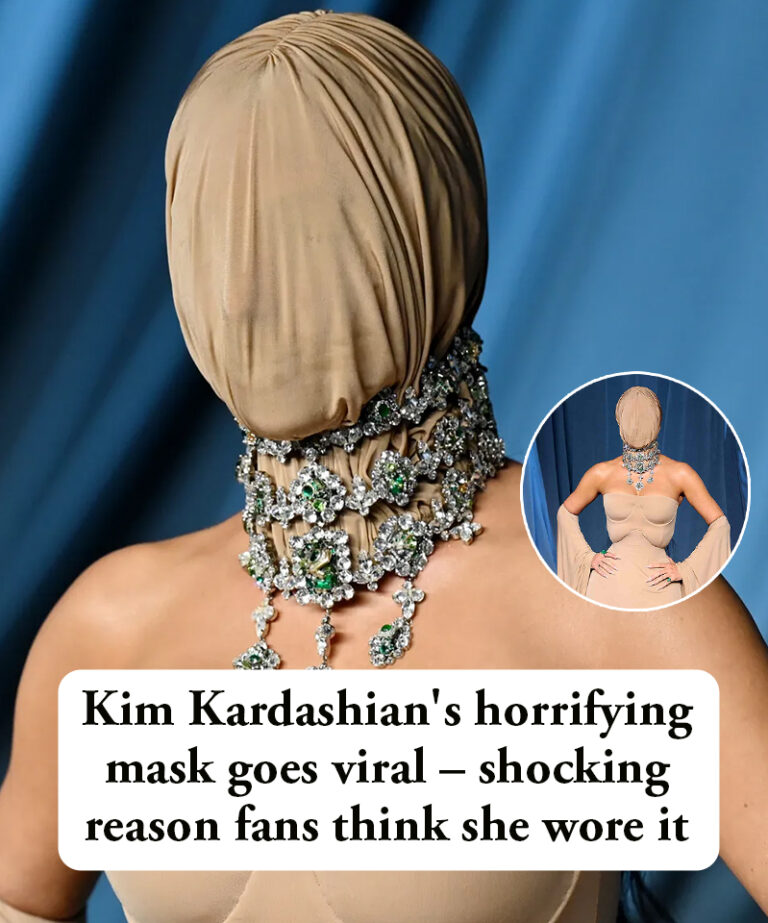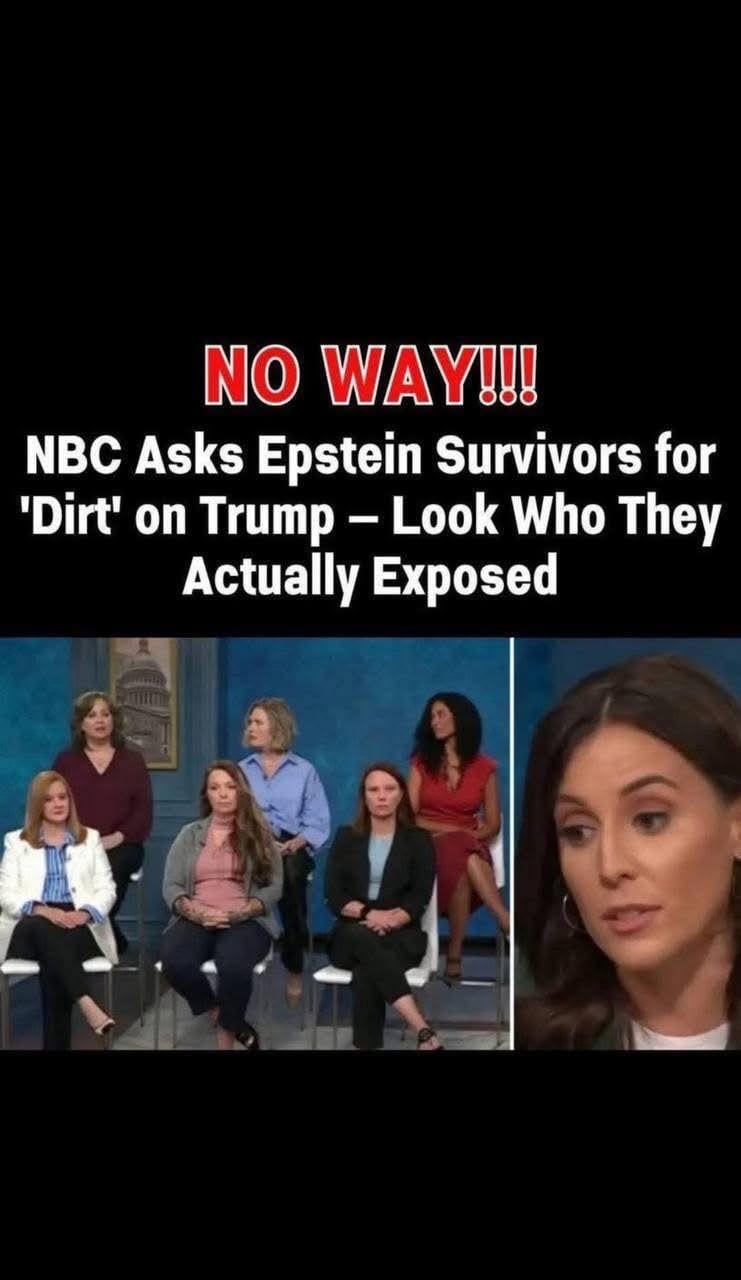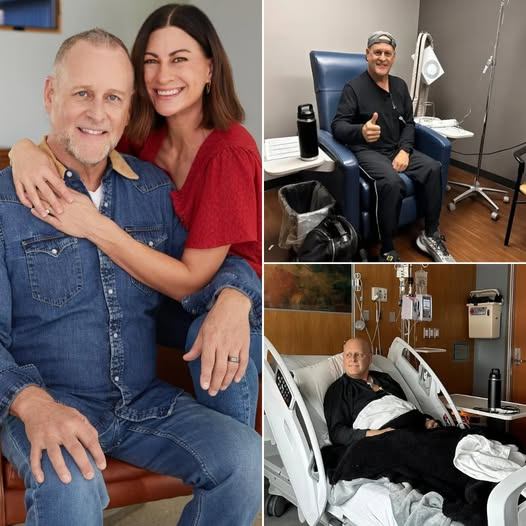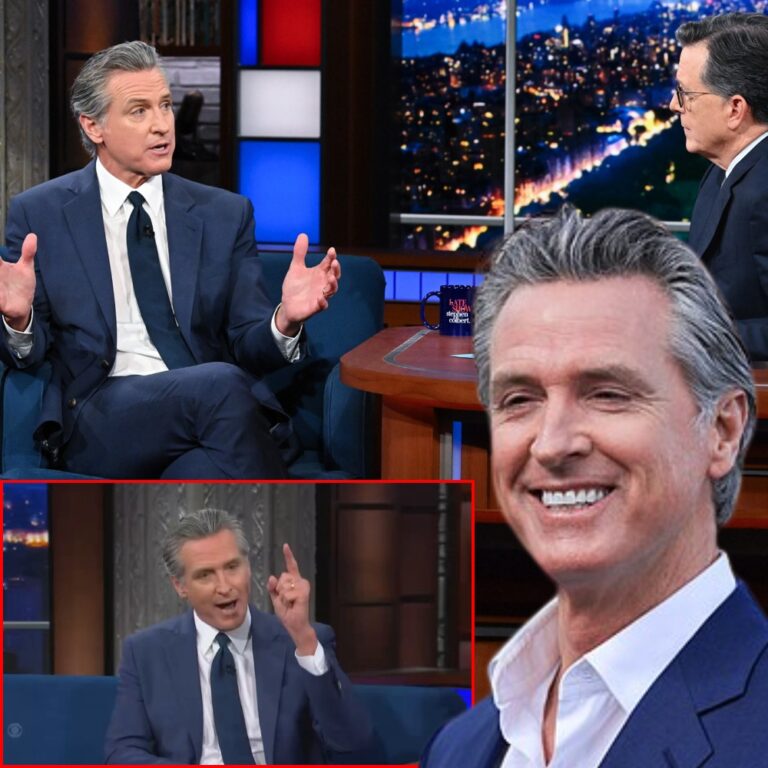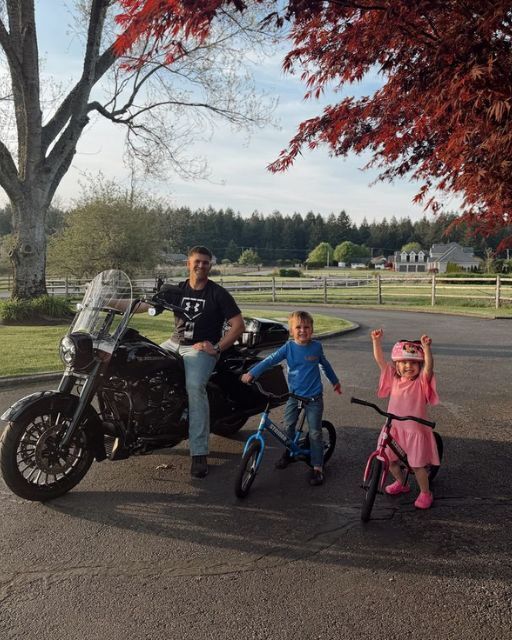
Two weeks after Mia’s funeral, I sold the Harley. I couldn’t bear seeing it in the garage—every curve reminding me of her laughter, her arms around me, her ridiculous pink helmet. After a drunk driver took her, riding without her felt wrong. I had two kids who needed me. I let it go, telling myself it was just a machine. But it wasn’t. My son whispered to it before it was sold. My daughter stopped drawing for days. They knew it wasn’t just a bike—it was a piece of who we were before everything changed.
Then one day, they came running: “Dad! Someone’s riding your bike!” I saw it—my Harley, flames gleaming on the tank, in perfect condition. The next morning, the rider, Rick, showed up. He’d met my kids. He offered to sell the bike back—same price—if I joined his group for one ride. “No one rides alone,” he said. That Sunday, I rode again. Forty miles with people who’d lost just as much—grief, PTSD, broken hearts. It felt like breathing again. I talked about Mia for the first time in weeks.
When the ride ended, Rick handed me the key. I took it. Back home, I handed my kids helmets. We rode around the block, their laughter cutting through the air. Mia was still gone. But for the first time, I didn’t feel like I was. Letting go hadn’t been the mistake. Thinking I had to ride alone was.
